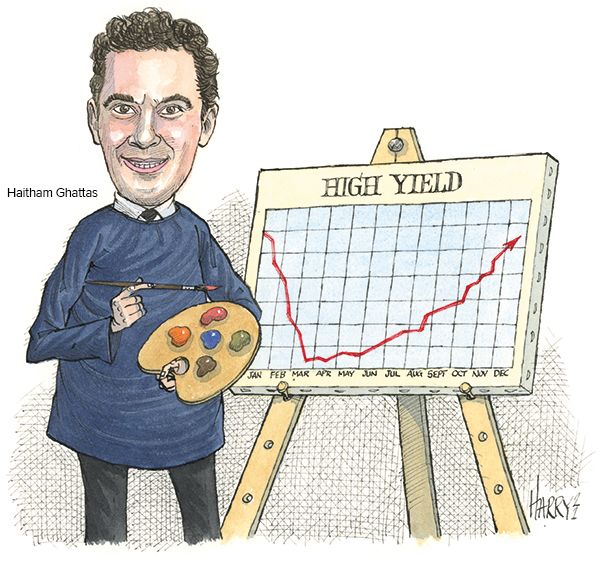Renaissance bank
In a tumultuous year for Asian high-yield, one bank managed not only to deal with highly changeable market conditions but also helped develop the asset class. For going the extra mile, Deutsche Bank is IFR Asia’s High-Yield Bond House of the Year.

Deutsche Bank showed its commitment to issuers across Asia in 2020 with an unrivalled collection of high-yield offerings in the most challenging of circumstances.
After the coronavirus took hold, it delivered crucial funding for hard-hit companies from India to Macau. It helped reopen the Chinese high-yield market and gave investors options beyond the property sector. And it developed the asset class with acquisition financings and green bonds.
“High yield is not a science, it’s an art,” Haitham Ghattas, head of capital markets for Asia Pacific. “We consistently took a step further in 2020 to help our clients tap global demand.”
The German lender has taken some tough decisions in Asia in recent years, notably shrinking its equity underwriting business in 2019, but has lost none of its focus on the high-yield market.
It handled 70 deals with high-yield ratings during the awards period for US$3.4bn of league table credit and a 5.8% market share, with one of the highest fee takes in the region.
In the China property sector, which continues to dominate Asian high-yield issuance, Deutsche began the year in fine form, helping developers extend maturities and manage their refinancing needs.
That came to a screeching halt as the economic impact of the coronavirus pandemic became clear, but the bank was there to guide these issuers back when data showed that property sales had been only modestly affected by the pandemic.
Deutsche led the way in executing liability management exercises across Asia in 2020, as investors gave the cold shoulder to high-yield issuers that failed to plan ahead with refinancing.
Beyond the crowded Chinese high-yield property sector, Deutsche brought the most diverse range of companies to market, including deals from the likes of Fosun International and Yanzhou Coal Mining.
Indonesian high yield was a tough sell after March as commodity prices slumped and defaults piled up, but Deutsche reopened it with Indika Energy’s US$450m five-year non-call two offering in October.
With investors – and banks – increasingly focused on climate change, Indika was able to overcome negative sentiment towards the mining industry thanks to a commitment to scale back its coal business by the maturity date of the bond. It also won over investors by using proceeds from the new deal to help redeem its 2022 and 2023 bonds.
That environmental angle was seen throughout Deutsche’s deals, whether it was leading India’s first public social bond for Shriram Transport Finance, helping Kaisa Group Holdings bring the first sustainable perpetual high-yield notes from the Chinese property sector, or acting as green or sustainability adviser to other Chinese developers.
Deutsche stepped up to arrange funding for another industry under pressure, as Macau’s casinos were forced to close and restrictions on Chinese visitors left them burning through cash. Wynn Macau, Studio City and Melco Resorts have always been popular with US investors, but this time Deutsche was able to increase participation by Asian accounts.
The bank was ahead of its competition when it came to bringing Asian high-yield issuers to the 144A market, which at times was more reliable than Reg S-only demand.
This included introducing debut issuers like Indonesia’s Bayan Resources, the only inaugural issuer from South-East Asia in 2020.
Vedanta Resources called on Deutsche to help arrange an ambitious funding exercise to buy out a minority stake in subsidiary Vedanta Limited. The US$1.4bn amortising three-year Yankee beat size expectations and repriced the Indian mining-to-metals conglomerate’s curve tighter, as it reopened the Indian high-yield market.
Vedanta’s tender for the shares failed, but the acquisition bond was designed for this eventuality and paid out 101% of face value to its holders. That earned it enough goodwill to come back to market in December, again via Deutsche, with a US$1bn three-year non-call two offering that funded a tender offer for outstanding bonds.
To see the digital version of this report, please click here
To purchase printed copies or a PDF, please email gloria.balbastro@lseg.com